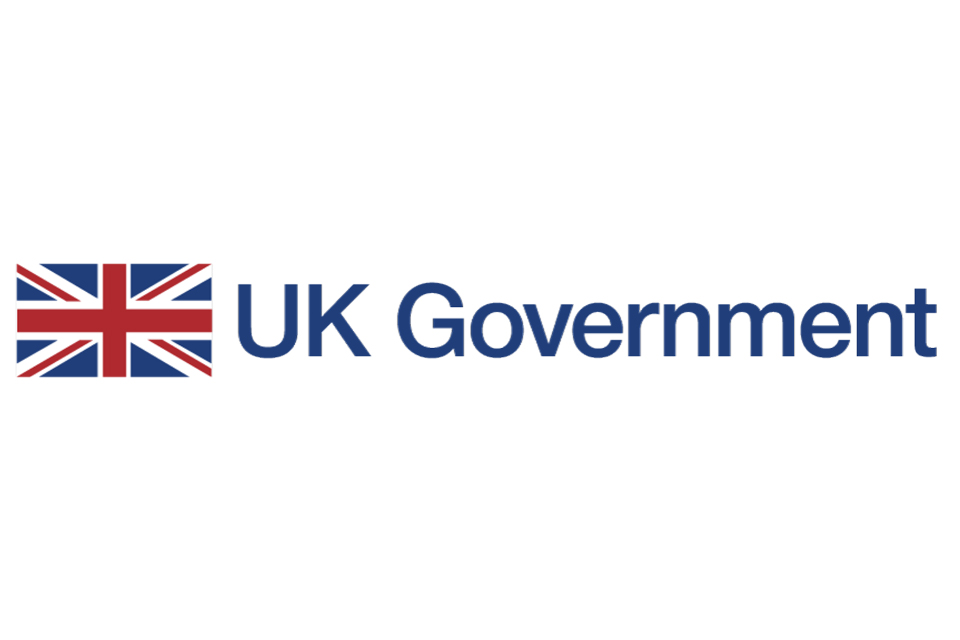Alok Sharma, COP26 President, returns to Viet Nam to drive progress on a clean energy transition ahead of COP27
-
The COP President will meet with senior ministers and key stakeholders to progress discussions on a Viet Nam Just Energy Transition Partnership
-
He will also visit the Mekong River Delta to observe the impact of river bank erosion and sea-level rise and meet with local communities impacted by climate change
-
Ahead of attending G20 ministerial meetings in Bali, the COP President will reiterate the urgent need for updated climate commitments from countries before COP27
COP26 President Alok Sharma will travel to Viet Nam from 27-30 August 2022, to meet with key ministers to drive forward discussions on a Just Energy Transition Partnership (JETP) and to see the impacts of climate change in the country.
The Viet Nam Just Energy Transition Partnership will be a long term political agreement between the Government of Viet Nam and an International Partner Group (IPG) of countries, comprising the United Kingdom, European Union, France, Germany, Japan, and the United States of America. .
This country-led partnership will support Viet Nam to accelerate its transition away from coal as part of the country’s commitment to its 2050 net zero target and their ambitious Power Development Plan (PDP8). The Partnership will be underpinned by clear plans to deliver a just energy transition and catalyse clean energy investment, offering Viet Nam the opportunity to become a world leader in renewable energy.
The COP26 President will also meet with G7 and development partner donors, as well as businesses and private sector stakeholders, to help drive public and private sector engagement and mobilisation of finance as part of the process.
He will join a roundtable with civil society organisations, to hear their views and insights on progress since COP26, the proposed Just Energy Transition Partnership, and the opportunities and challenges presented by Viet Nam’s low carbon energy transition.
On his third visit to the country as COP President, Mr Sharma will continue the work of the UK COP Presidency in pressing for updated climate commitments from all countries ahead of COP27 as agreed in the Glasgow Climate Pact. Mr Sharma will urge Viet Nam to bring forward a revised 2030 Nationally Determined Contribution (NDC), aligned with its 2050 net zero target.
Mr Sharma will also visit Can Tho in the Mekong River Delta – accompanied by researchers from Can Tho University and Dragon-Mekong Research Institute – to observe the impact of river bank erosion and sea level rise on vulnerable areas. Mr Sharma will hear first-hand accounts from local communities benefiting from a project on urban resilience against flooding and climate change impact.
Alok Sharma, COP26 President, said:
Urgent action is needed to limit global temperature increase to 1.5 degrees and help build prosperous, low-carbon, resilient communities across the planet.
The proposed Just Energy Transition Partnership provides an excellent opportunity for Viet Nam to accelerate its transition away from coal in delivery of its 2050 net zero target. I am pleased to be back in Viet Nam to engage with government ministers, public sector bodies, business leaders, local communities, and civil society to discuss ways we can work together for effective climate action.
A clean, just energy transition not only delivers enhanced climate action, it will help create new jobs, economic growth, clean air and a resilient, prosperous future.
After his visit to Viet Nam, the COP President will travel to Indonesia to attend the G20 Climate and Environment Ministerial meeting in Bali.
** ENDS **
Background notes to editors
-
According to the Viet Nam Ministry of Natural Resources and Environment (MONRE), climate change has contributed to temperature increases of more than 0.5C and a 20cm rise in sea level over the past 50 years. Extreme climate events have also been increasing. Over the last two decades, Viet Nam has reported 226 extreme weather events, which have killed an average of 286 people per year and caused annual economic losses of US $2 billion.
-
Can Tho is the fourth largest city in Viet Nam, and the largest city along the Mekong Delta region in Viet Nam. The area has experienced floods, storms, and droughts with increasing frequency and unpredictability in the last two decades. According to the Viet Nam Ministry of Natural Resources and Environment’s (MONRE) ‘Climate Change and Sea Level Rise Scenario Report’, if the sea level rises by 100cm, about 20% of Can Tho City will become inhospitable.
-
The Power Development Plan 8 (PDP8), developed by Viet Nam’s Ministry of Industry and Trade (MOIT), is expected to set out Viet Nam’s national energy strategy and energy mix for 2021-2030, with a forward vision to 2045.
